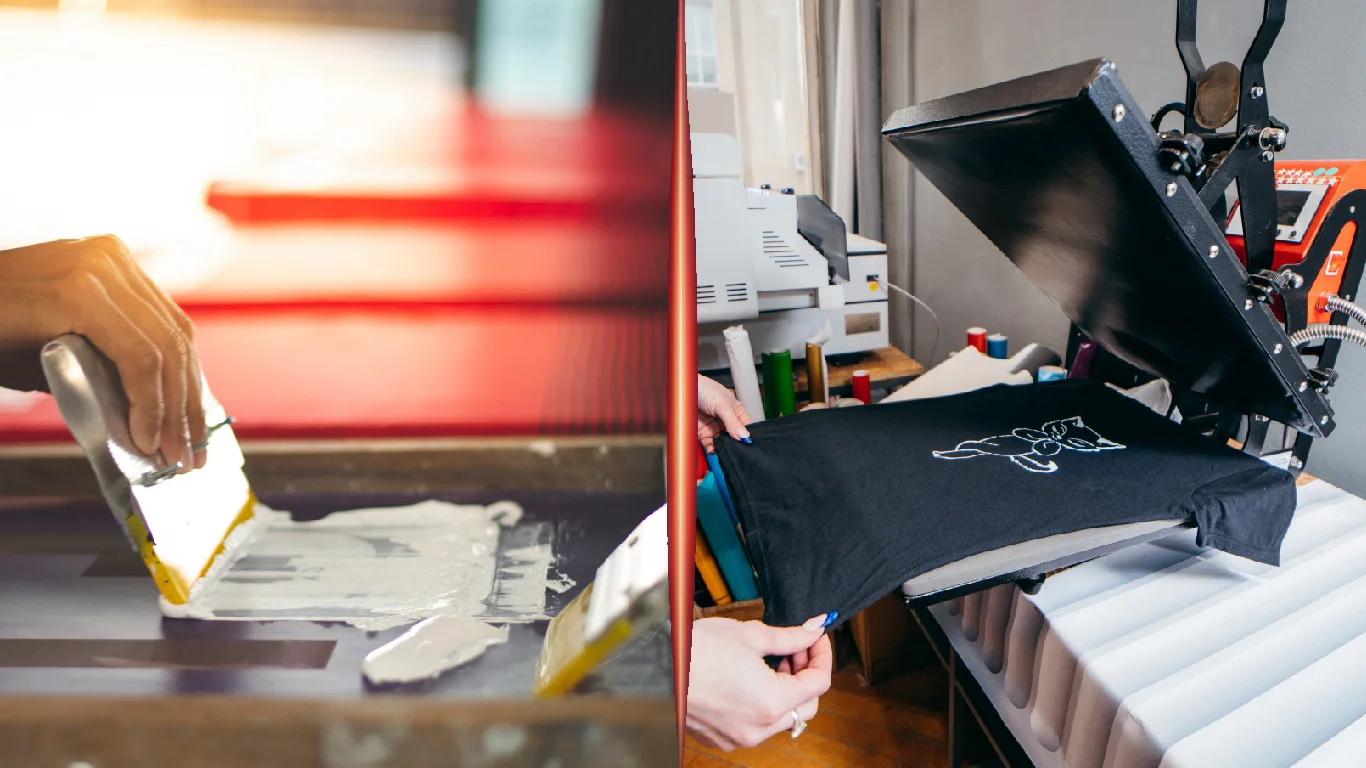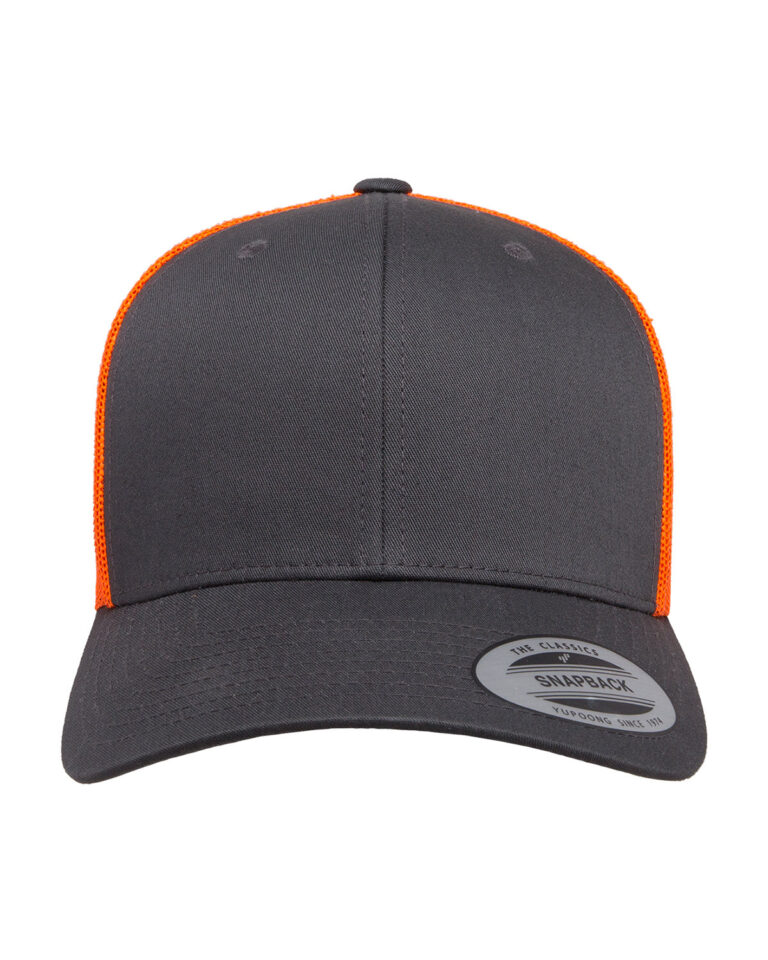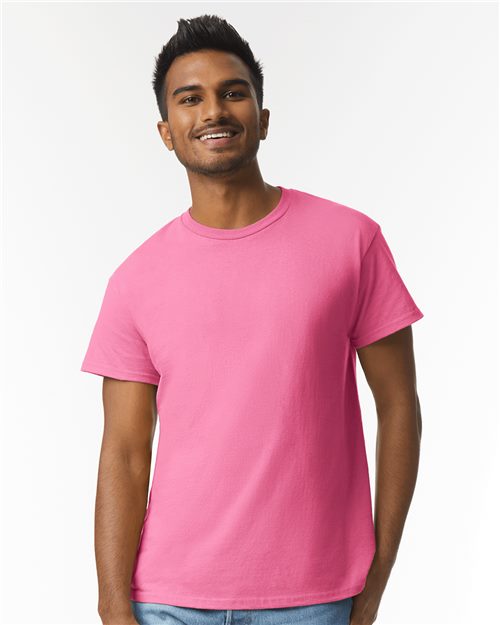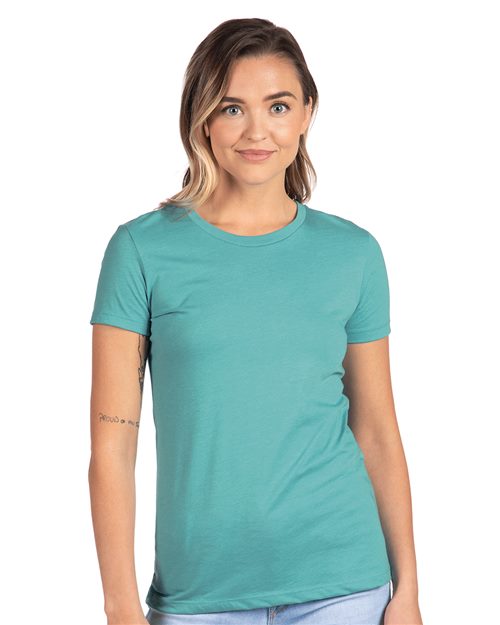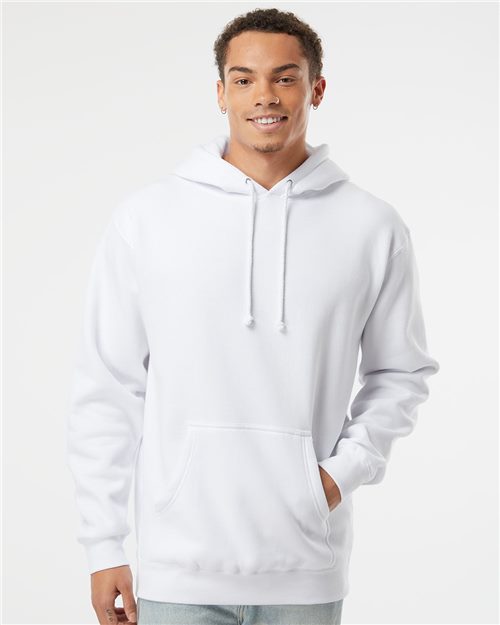Choosing between screen printing and heat pressing for your custom apparel can be puzzling. Screen printing is lauded as the go-to technique for high-volume orders. This article unpacks both methods, guiding you toward the perfect fit for your unique project’s needs.
Key Takeaways: Screen Printing vs Heat Press
- Screen printing is best for simple designs and large orders because it’s cost-effective in bulk.
- Heat press allows for detailed, colorful images and works well for small or custom orders.
- Durability is stronger with screen printing; prints last longer without cracking or fading.
- Heat press setup is quicker and better suited to intricate, multi-color designs on fewer items.
- Material type matters; some fabrics are better for heat pressing, while others are ideal for screen printing.
Understanding Screen Printing
Delve into the world of screen printing, where art meets industrial efficiency. This time-tested technique transforms your vision into vibrant, tangible artwork. It works on an array of surfaces.
Screen printing is a popular method for adding designs to fabrics. It works well for bold graphics on promotional apparel and can produce high-quality prints.
- Durability: Screen-printed designs are known for their long life and resistance to wear, even after many washes.
- Vibrant colors: This technique allows for bright, saturated colors. They stand out, especially on darker garments.
- Bulk Efficiency: Screen printing becomes more cost-effective if you’re printing in large quantities.
- Unique Textures: The ink in screen printing sits slightly on top of the fabric, giving a noticeable texture to the touch.
- Versatility: You can print on various materials such as cotton, polyester, and even wood or metal.
- Color Limitations: You need a separate screen for every color in your design. This makes complex or multi-colored designs more challenging and expensive.
- Setup Time: Creating stencils and setting up the printing uses significant prep time before you can start.
- Upfront Costs: Initial costs are higher due to the making of screens; thus, it could be more cost-efficient for small orders.
- Less Detail: Fine details may only sometimes be captured perfectly due to the nature of using a mesh screen and stencil.
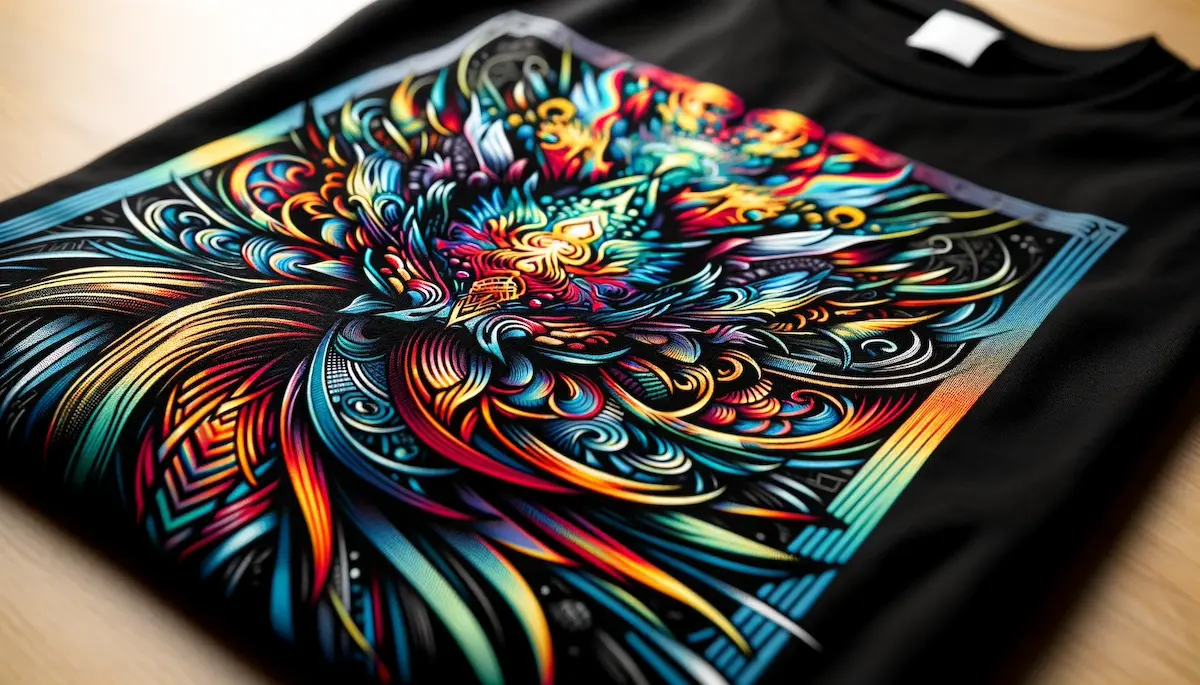
Understanding Heat Press
Understand how heat-press onto t-shirts works. It’s the synergy of pressure, heat, and time. Discover why it could change your custom apparel needs. Please keep reading to explore its unique advantages.
Heat press printing uses heat and pressure to transfer images onto fabric. This method allows for detailed and colorful designs with ease.
- Quick setup: Heat press machines are ready to go quickly, saving time.
- Colorful creations: It can print multiple colors in one pass, making it great for complex designs.
- Small orders welcome: More cost-efficient than screen printing when you need fewer items.
- Photo-quality: Achieves photo-realistic prints on your shirts or fabrics.
- Precision placement: You can align the design exactly where you want on the product.
- Less durable: The thick layer of ink sits on top of the fabric and may crack or fade with machine washing.
- Heavier feel: Designs might feel heavier or stiffer on the fabric.
- Limited to certain fabrics: Works best on specific materials; not all fabrics can withstand the heat required.
- Size constraints: Larger designs can be challenging due to the size of the heat press plates.
DESIGN YOUR OWN APPAREL

Screen Printing Vs Heat Press: Comparing Quality and Durability
Screen printing and heat press techniques are fundamental in custom apparel decoration. Each has its strengths in quality and durability. Making the correct choice hinges on understanding these factors to ensure your project stands the test of time.
| Aspect | Screen Printing | Heat Press |
|---|---|---|
| Quality of Image | Produces vibrant prints with superior washability. Inks penetrate fabric, yielding a print that moves with the garment. | Creates high-definition images with a wide color range. However, the print sits on top of the fabric and can feel heavier. |
| Durability | Offers long-lasting designs that don’t crack or peel easily. Ideal for large runs with consistent quality. | Prints may fade or crack over time, especially if not properly applied or cared for. Best for short-term use or small quantities. |
| Fabric Suitability | Adaptable to various fabrics. Achieves excellent results, particularly on cotton and blends. | Works well on synthetics and items that can withstand heat. Certain fabrics may scorch or warp under high temperatures. |
| Wash and Wear | The print remains intact through multiple wash cycles, maintaining its look without special care. | Requires careful washing to preserve the image. Recommends using cold water and avoiding direct ironing. |
When choosing between screen printing and heat press, consider your needs—balancing image quality, print longevity, material, and expected wear and care.
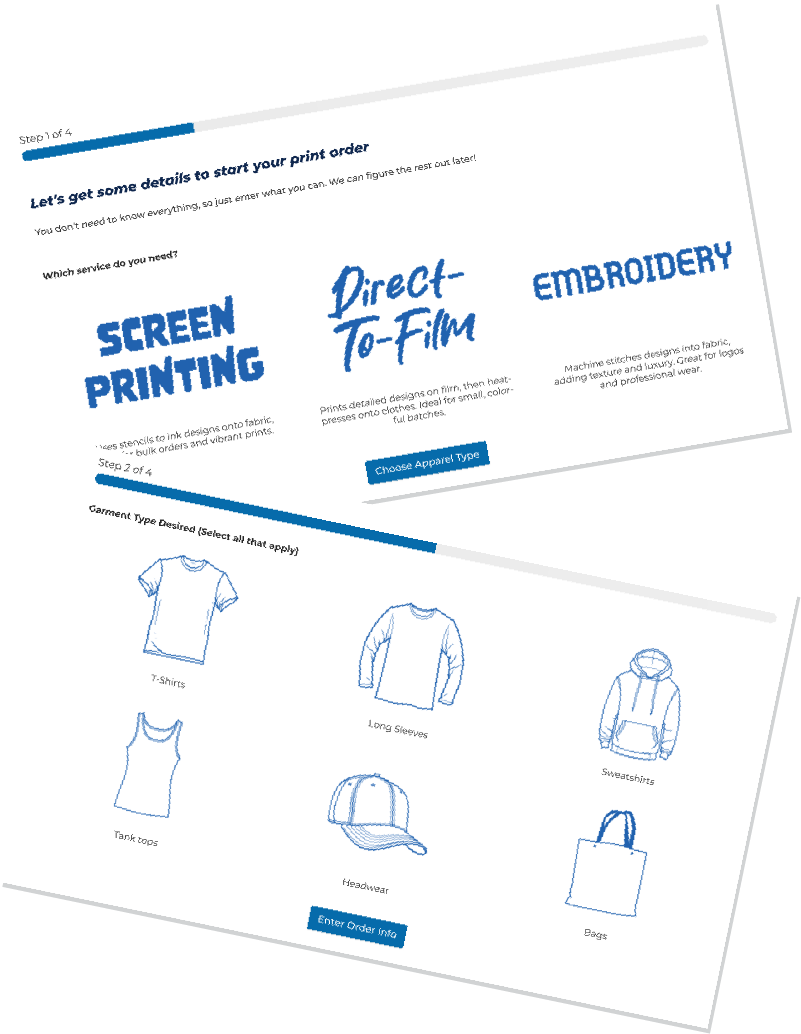
WE HELP YOU MAKE AMAZING CUSTOM PRINTED TEES & APPAREL!
CUSTOM IS COMPLICATED
WE MAKE IT EZ
Let our dedicated team help guide you! Click below to send us basic information to get your order started!
Which Method is More Cost-Efficient?
Heat press transfers can save you money if you’re doing small jobs or custom pieces. This method lets you change designs without extra costs. Each shirt gets its own heat transfer, so one-off items aren’t a problem.
It’s great when customers want just one or two shirts with their logo.
Choosing screen printing for bulk is wise to save cash. The setup takes time and effort, but making lots of shirts is cheaper once that’s done. Big orders mean lower costs per item.
Remember, the more you print at once, the more you’ll keep your wallet happy!
Choosing the Right Method for Your Project
Selecting the best print method for your project depends on critical factors. Fashion trends, cost, and the scale of your project all play roles in this decision.
- Think about the design complexity. Screen printing works well for simple designs with fewer colors. Heat transfer is excellent for intricate, multi-colored images.
- Consider durability needs. Pick screen printing if you want your design to last a long time without fading or cracking.
- Count your items. Screen printing is cost-effective for large orders, while heat press suits small batches better.
- Assess the fabric type. Some materials work best with heat transfer methods; others are ideal for screen printing.
- Reflect on color requirements. Screen printing might be the way to go if you need vibrant, opaque colors.
- Check the turnaround time. Heat press can be faster for quick jobs since it requires less setup time than screen printing.
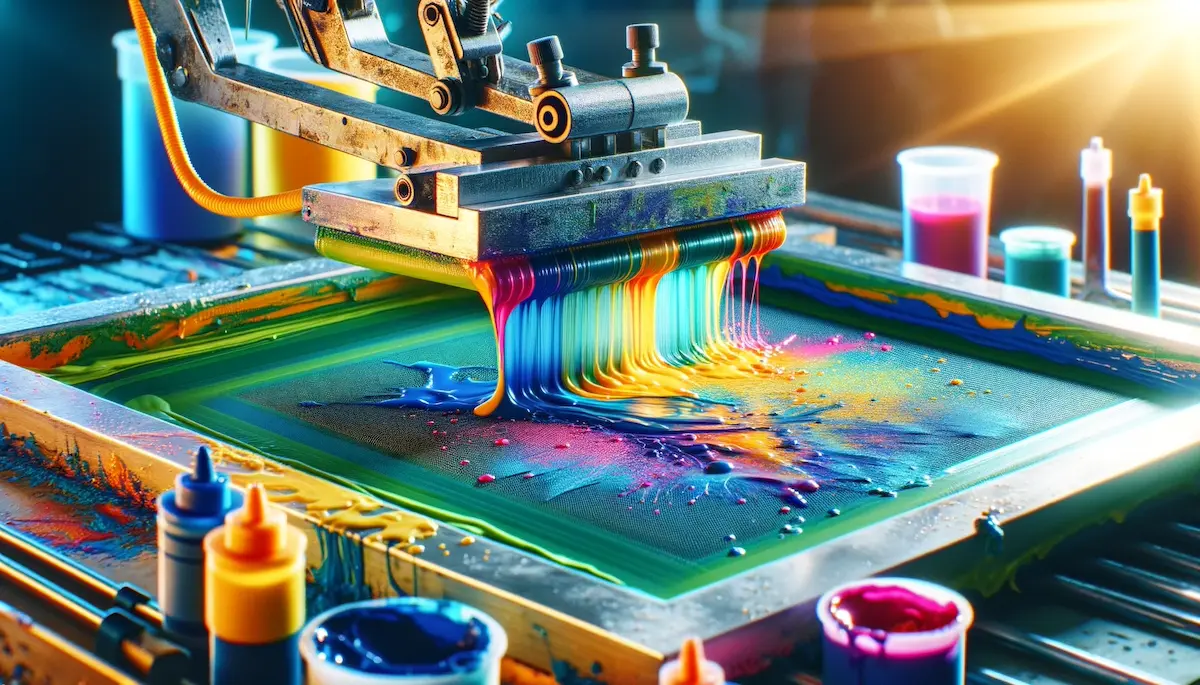
Conclusion
You’ve seen the battle of Screen Printing vs. Heat Press. Think about what you want, from design complexity to order size. Remember, screen printing shines for bulk and simplicity; the heat press works wonders on unique items and great detail.
Your choice shapes the result—quality, cost, and look all hinge on picking the right path for your project’s journey.
FAQs
Frequently Asked Questions about Screen Printing vs Heat Press
Q: What is screen printing?
Screen printing is a method of printing. Ink is spread over a screen to create a design on a surface. It is commonly used for printing shirts, logos, and letters.
Q: What is heat press printing?
Heat press printing, also known as heat transfer printing, is a method where a design is printed onto transfer paper. Then, it is heat-pressed onto fabric using a combination of heat and pressure.
Q: What is the difference between screen printing and heat press printing?
Screen printing involves spreading ink over a screen to create a design. Heat press printing involves printing a design onto transfer paper and then heat-pressing it onto fabric.
Q: Which method produces better quality printing?
Both methods can produce high-quality prints. Screen printing is known for its vibrant color results and durability. Heat press printing allows for more intricate designs and color customization.
Q: Are screen-printed designs more durable than heat-pressed designs?
Screen-printed designs tend to last longer as the ink is directly printed onto the fabric. In contrast, heat-pressed designs using vinyl pieces may crack and fade over time.
Q: When should I consider using screen printing?
Screen printing might be the best choice when you want the finished product to withstand frequent washing. It provides better long-term durability for larger quantities of items.
Q: When is heat press printing a better option?
Heat press printing is ideal for smaller quantities and intricate designs. It allows for customization using heat transfer vinyl and digital print heat transfer. This provides color and design flexibility.
Q: What factors should I consider when choosing between screen printing and heat press printing?
Consider factors such as the quantity of items, design complexity, color customization, and desired durability. Use these factors to decide which printing method to use. These factors will help you select the most suitable method for your project.

